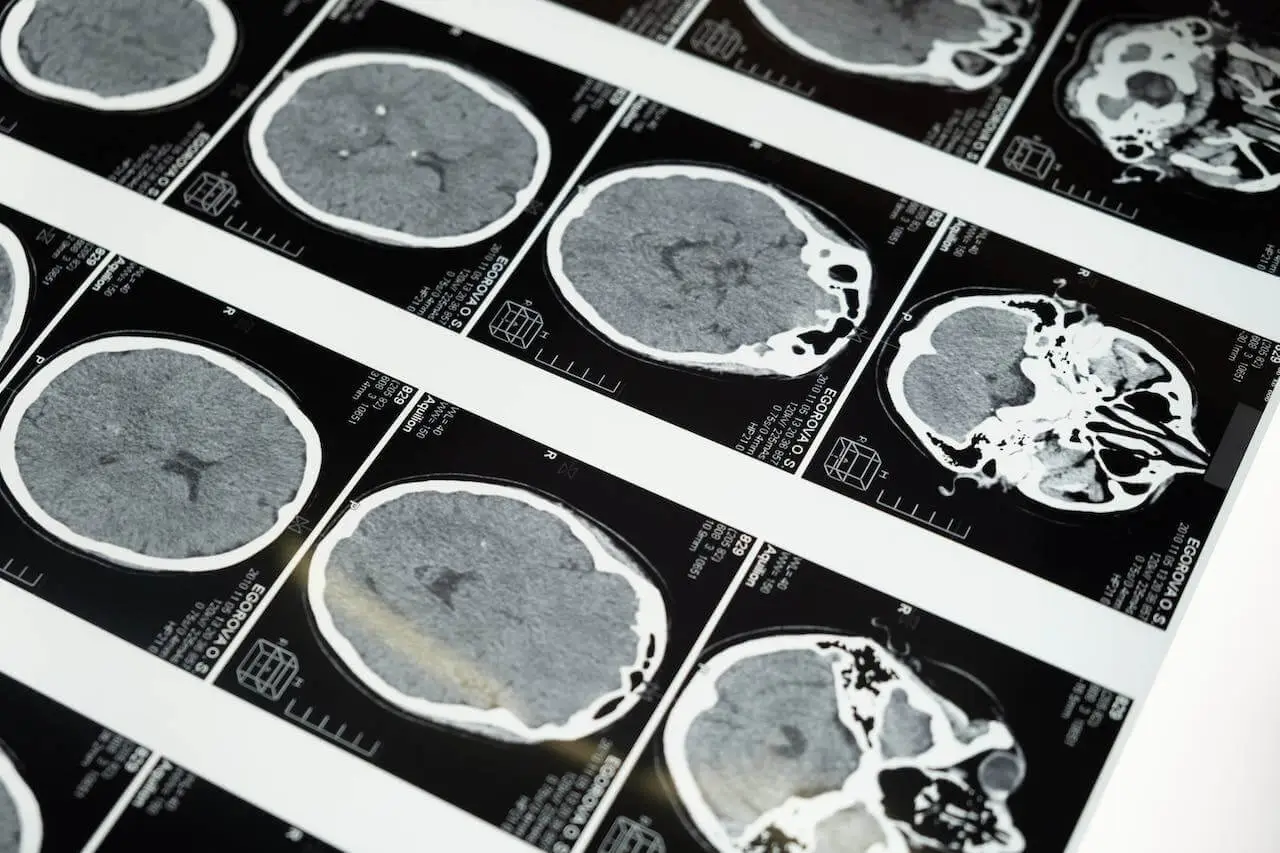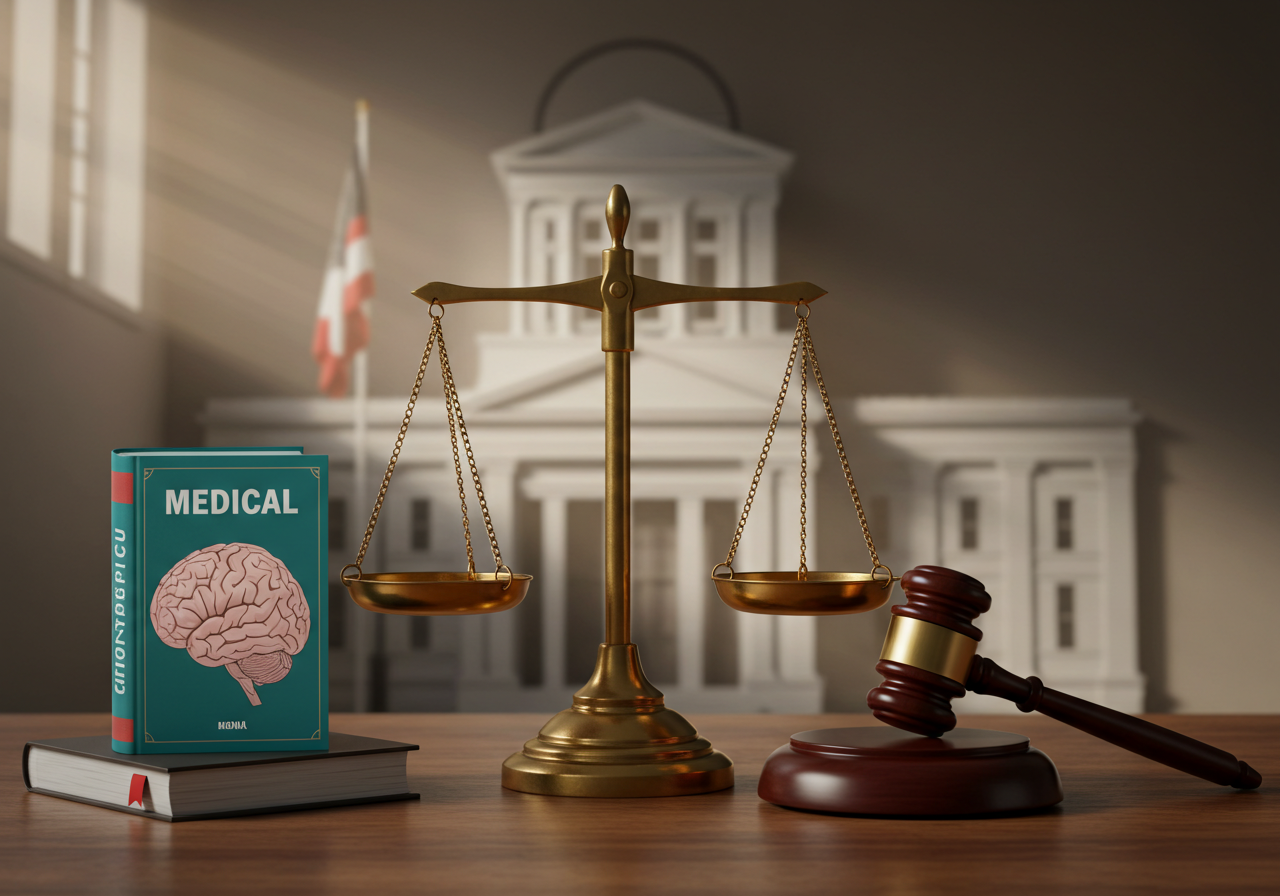Brain injuries are some of the most serious and life-altering injuries a person can experience. Whether caused by a car accident, a fall, or a sports-related injury, brain injuries can have long-term and sometimes permanent effects. Because the brain controls so many of the body’s functions, even a minor injury can lead to significant changes in a person’s physical, cognitive, and emotional well-being.
In this blog, we’ll explore the different types of brain injuries, their causes, and the potential effects on the individual. Understanding these injuries is crucial for recognizing symptoms, seeking appropriate treatment, and navigating the recovery process.
1. Concussions (Mild Traumatic Brain Injuries)
A concussion is one of the most common types of brain injury. It typically occurs when the head experiences a sudden impact or shaking, causing the brain to move rapidly within the skull. This can disrupt normal brain function temporarily.
Causes:
-
Sports accidents
-
Car accidents
-
Falls
-
Physical assaults
Symptoms and Effects:
-
Headache
-
Dizziness
-
Nausea
-
Confusion or memory problems
-
Sensitivity to light or noise
-
Difficulty concentrating
While concussions are generally considered “mild,” they can have serious effects, especially if a person experiences repeated concussions over time. Repeated concussions can lead to Chronic Traumatic Encephalopathy (CTE), a neurodegenerative condition that affects memory, behavior, and motor skills.
Recovery and Treatment:
Rest is crucial in the recovery process. Gradual return to physical and cognitive activities is recommended. However, individuals should avoid any further trauma to the head until fully healed, as a second concussion can lead to more severe damage.
2. Contusions (Brain Bruises)
A contusion occurs when the brain is bruised due to a direct blow or impact to the head. This often happens in conjunction with a concussion. Contusions are localized areas of damage where brain tissue has been injured, usually resulting in bleeding or swelling.
Causes:
-
Blunt force trauma (e.g., car accidents or falls)
-
Sports injuries
-
Physical assault
Symptoms and Effects:
-
Loss of consciousness
-
Confusion
-
Memory loss
-
Trouble speaking or understanding speech
-
Numbness or weakness on one side of the body
Contusions can vary in severity, and the extent of the damage depends on the location of the injury. They may require medical intervention, including surgery, to relieve pressure from swelling or blood clots in the brain.
3. Diffuse Axonal Injury (DAI)
Diffuse Axonal Injury (DAI) occurs when the brain is severely shaken or the head experiences rapid acceleration or deceleration, causing the brain’s nerve fibers (axons) to tear. This is one of the most serious types of brain injury and can have devastating consequences.
Causes:
-
High-impact car accidents
-
Falls from significant heights
-
Violent shaking (as seen in shaken baby syndrome)
Symptoms and Effects:
-
Loss of consciousness (sometimes for extended periods)
-
Severe cognitive impairments
-
Paralysis
-
Sensory disturbances (loss of vision, hearing, etc.)
-
Permanent vegetative state or coma
DAI often results in long-term or permanent disabilities. It is one of the leading causes of death and severe disability following traumatic brain injuries. Recovery can be slow, and many individuals experience long-term effects such as difficulty with motor skills, communication, and memory.
4. Traumatic Brain Injury (TBI)
A Traumatic Brain Injury (TBI) is a general term for any injury to the brain caused by an external force. TBIs range from mild (like a concussion) to severe (like a diffuse axonal injury). TBIs are categorized based on the severity of the injury, ranging from mild to moderate to severe.
Causes:
-
Falls
-
Car accidents
-
Sports injuries
-
Assaults or physical violence
Symptoms and Effects:
-
Physical symptoms: headache, nausea, vomiting, dizziness
-
Cognitive symptoms: confusion, memory loss, difficulty concentrating
-
Emotional symptoms: mood swings, irritability, depression
-
Severe cases: unconsciousness, coma, seizures, or death
The effects of a TBI can be long-lasting, affecting cognitive function, speech, mobility, and emotional health. Recovery depends on the severity of the injury and the promptness of treatment. Severe TBIs often require extensive rehabilitation, and some victims may never fully recover.
5. Penetrating Brain Injuries (Open Head Injuries)
Penetrating brain injuries occur when an object, such as a bullet, knife, or piece of shrapnel, enters the skull and damages brain tissue. These types of injuries are often the result of violent acts or accidents.
Causes:
-
Gunshot wounds
-
Stabbing injuries
-
Falling debris (in construction or industrial settings)
Symptoms and Effects:
-
Immediate loss of consciousness
-
Bleeding or fluid leakage from the ears or nose
-
Severe cognitive and sensory impairments
-
Difficulty with speech and motor control
Penetrating brain injuries are often catastrophic, leading to severe physical and cognitive disabilities, or even death. Treatment typically involves surgery to remove foreign objects and reduce swelling, followed by extensive rehabilitation.
6. Coup-Contrecoup Injuries
A coup-contrecoup injury occurs when the brain moves back and forth inside the skull due to a sudden impact. The initial blow causes the brain to collide with one side of the skull (the coup), while the rebound effect causes the brain to strike the opposite side of the skull (the contrecoup). These injuries are common in high-velocity accidents, such as car crashes.
Causes:
-
Car accidents
-
High-impact sports
-
Falls from significant heights
Symptoms and Effects:
-
Cognitive impairments (memory loss, confusion)
-
Sensory disturbances (difficulty seeing, hearing, or speaking)
-
Physical impairments (weakness, paralysis)
Coup-contrecoup injuries can lead to long-term complications, as both sides of the brain are affected. These injuries often require immediate medical intervention to prevent further damage, including surgery and intensive care.
7. Anoxic Brain Injury
An anoxic brain injury occurs when the brain is deprived of oxygen for an extended period. Oxygen is crucial for brain function, and even a short period without it can cause permanent damage to brain cells.
Causes:
-
Drowning
-
Cardiac arrest
-
Choking or suffocation
-
Stroke
Symptoms and Effects:
-
Memory problems
-
Motor skill difficulties
-
Seizures
-
Loss of consciousness
-
Cognitive impairments (e.g., trouble speaking, thinking, or moving)
The severity of anoxic brain injury depends on how long the brain went without oxygen. Treatment focuses on restoring oxygen levels and preventing further damage, but recovery can be slow, and some individuals may face permanent disabilities.
Conclusion
Brain injuries come in many forms, from mild concussions to life-threatening traumatic brain injuries. The effects of these injuries can vary significantly, depending on the type of injury, its severity, and the speed of treatment. Regardless of the type of brain injury, timely medical care, rehabilitation, and support are essential for recovery.
If you or a loved one has suffered a brain injury due to an accident or negligence, it’s important to seek legal advice. Brain injury lawyers can help you understand your rights, navigate the complex legal process, and ensure you receive the compensation needed to cover medical costs, lost wages, and long-term care. Understanding the different types of brain injuries and their effects is the first step in ensuring that victims receive the care and support they need to heal.


